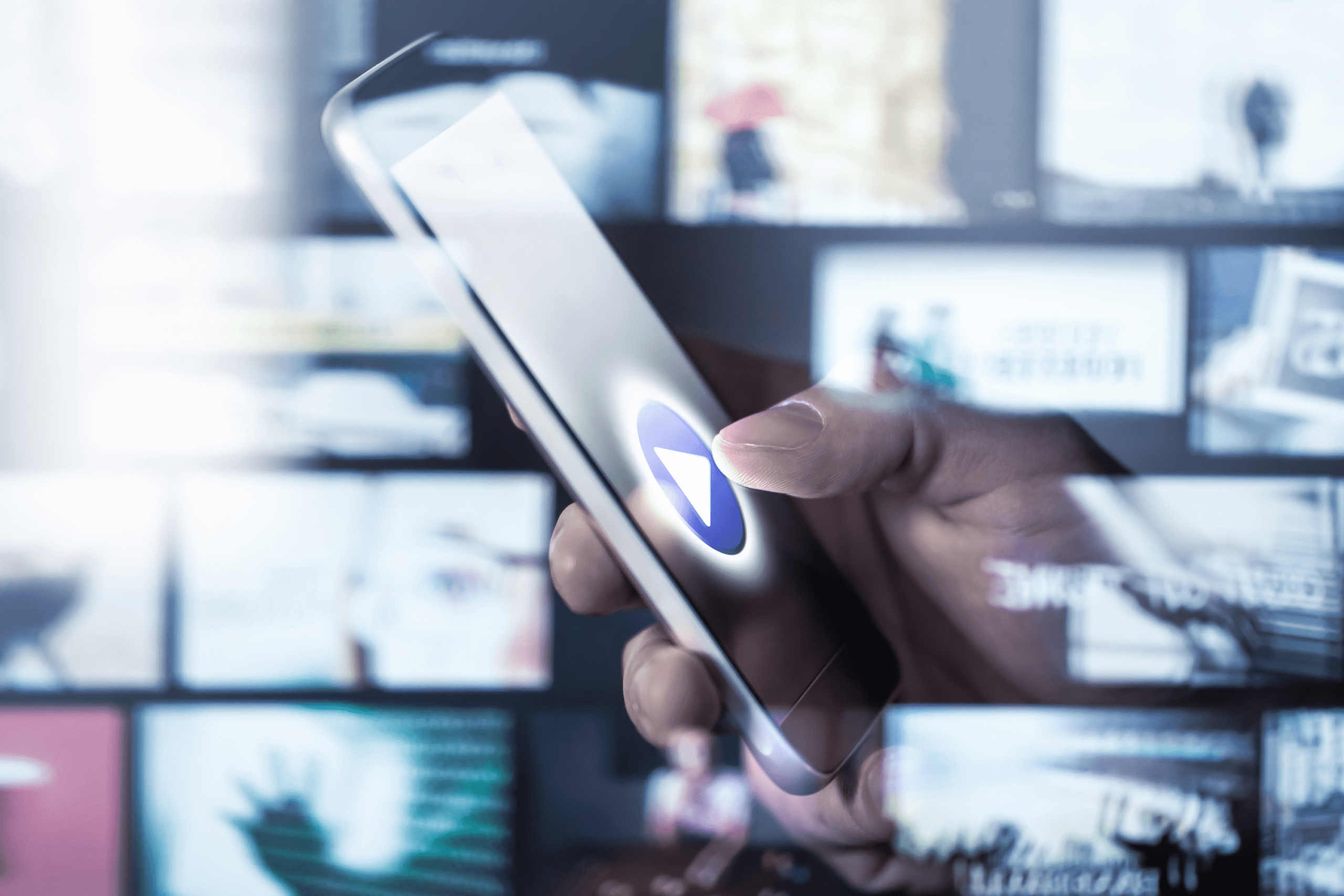This article was published by AdAge, May 9, 2022
The term “cord-cutters” isn’t new, but nScreenMedia reports that U.S. homes without cable, satellite, or telco TV have tripled from 15.6 million in 2014 to more than 50 million in 2021. Pew Research shows that the number of Americans with cable and satellite subscriptions dropped from 71% to 56% in the same time frame.
Despite the rise of streaming, video broadcasts will still be available over the air for anybody with an antenna, but the strategy to reach audiences will change. With more than half of YouTube viewers watching on connected TVs and NBC’s Peacock bulking up to provide one of the most extensive streaming services, the need for holistic video strategies in which linear and digital TV coexist is clear. Here are three:
Engage linear and digital
Digital is hot right now, but that doesn’t erase linear TV, as Apple TV, Chrome sticks and similar technology are being built into televisions. According to Nielsen, cable accounts for 39% of television time, and Netflix and YouTube both account for 6%. Focusing only on linear TV or vice versa can leave out a huge portion of your audience. (However, that’s not always the case, as networks such as Bravo will show your inventory on both linear and digital inventories.) But you also can’t afford to ignore streaming-exclusive content.
Companies are aggregating services in response to the proliferation of all these apps. Consumers don’t want to subscribe in a million different places to watch TV. The Hulu-ESPN-Disney+ merger will likely bring all 20th Century Fox content into one app. Paramount+ just released loads of content, and Amazon recently purchased MGM, merging its intellectual property with Prime Video and Amazon Studios.
Providers should soon figure out a way to say, “You get access to all of these apps,” rather than all these channels, right? Otherwise, what would differentiate them from cable? With cable and satellite, customers pay for hundreds of unwatched channels, but people just want all the channels they watch in one place. The app aggregation will continue as providers respond to consumer demands.
Follow the data
Don’t be afraid to roll up your sleeves and dive into the data; 64% of marketing executives agree it should drive strategy.
All TV will eventually be able to be bought programmatically, and more programmatic buying will come with layers. Google released within Google Marketing Platform a way to buy digital TV ads through current ad-buying systems, making inventory available. Automated methods of optimizing media will also begin blending into TV, and we’ll buy ad commercials the same way we’d buy a YouTube or programmatic display ad.
Audience consumption patterns will soon fuel programmatic ads across both linear and digital TV, automating the entire process with a sleek online user interface. Get cozy with your audience’s consumption patterns because that data will help you determine what weight you should give digital versus linear, why, for what networks, and more.
Optimize spending
The cost per 1,000 impressions, or CPM, is dramatically different between linear and digital TV. Digital TV targeting is based on a variety of demographics. Also, digital offers many ad types, such as display, interactive, and other ads not available on linear.
But here’s the digital caveat: Advanced targeting decreases scalability and reach while CPMs increase. Sometimes that increase doesn’t make sense because a lower conversion rate across a mass audience on linear still provides more customers at a lower cost.
In fact, linear TV is more efficient because you pay less to reach more. Even the lowest viewed shows on broadcast TV reach between 100,000 and 2 million viewers — stellar numbers for a YouTuber. But CPMs for YouTube ($20-$25) and CTV ($35-$65) are much higher than linear TV ($10-$15). Monitor costs and test different strategies to optimize your spending.
Although our country is divided on how to access it, we all agree that video content has a permanent place in culture. Both the devices on which we watch TV and how we receive content have evolved. Cable and satellite providers still reach millions of viewers every hour, and they’re learning to incorporate digital into their offerings. Despite reports of its death, linear TV could be the answer to the wave of streaming fatigue hitting cord-cutters.



